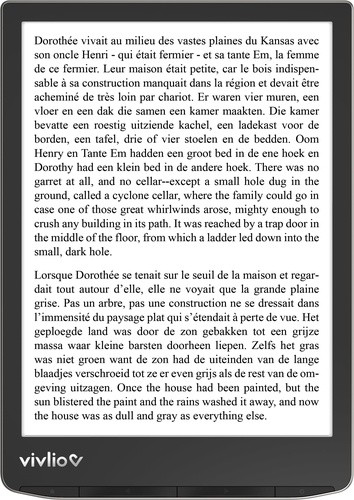En cours de chargement...
How Steam Locomotives Really Work
24,80 €
Neuf
Expédié sous 8 à 17 jours
Livré chez vous entre le 30 avril et le 9 mai
En librairie
Résumé
Following the pioneering work of Trevithick,
Stephenson and many others, steam locomotives continued to evolve and be refined until overtaken by diesel and electric tradition technology. Although the last main-line steam service was operated by British Rail in 1968 there is still immense interest in steam traction as demonstrated by the increasing numbers of privately renovated and preserved locomotives and heritage railways around the world. Most changes in steam locomotive design came about as the result of trial and error approaches or advances in materials and engineering tools.
In Britain the operation of steam locomotives
was taught by a system of practical apprentice-ship, although in places like the Austo-Hungarian Empire and North America, a more numerate approach was common. Little science intruded in the design process or running methods. This book is intended to provide, without fable or favour, a realistic scientific and engineering account, avoiding myth and partisanship, of the design features of locomotives and their running. It does not instruct footplate crew in what to do, rather it explains that reasons that underlie what they arc taught. The authors cover the design of locomotives, the many processes in the conversion of fuel to tractive effort, the dynamic characteristics of the locomotive as a vehicle, the braking equipment, and a host of other systems, major and minor, that make up a working locomotive. They also explain the reasons for running and practices. Their explanations will fascinate enthusiasts, practical or armchair. Steam locomotive design may have started in the UK but it quickly developed parallel and sometimes diverging techniques in other countries leading to many distinct developments that
contribute to the national characteristics of'
some locomotives. The authors embrace this
diversity and railway enthusiasts from around
the world will find this book fascinating.
Sommaire
- Why use steam? Burning the fuel
- Raising steam
- Using the steam
- Transmitting the power
- The locomotive as a vehicle
- The steam locomotive at work
- Brakes
- Designing a steam locomotive.
Caractéristiques
-
Date de parution21/08/2000
-
Editeur
-
ISBN0-19-856536-4
-
EAN9780198565369
-
PrésentationBroché
-
Nb. de pages348 pages
-
Poids0.75 Kg
-
Dimensions16,0 cm × 24,5 cm × 2,5 cm
Avis libraires et clients
Avis audio
Écoutez ce qu'en disent nos libraires !
À propos des auteurs
Peter Semmens was formerly Deputy Head of the National Railway Museum, York and has been active in the popularization of science and technology for many years. He has written more than 30 books on railways and locomotives and is now Chief correspondent of The Railway Magazine where he contributes the monthly 'Railway Practice and Performance' column.
Alan Goldfinch pursued an engineering career with British Railways, and was for a time the Chief Mechanical and Electrical Engineer of its Eastern region. His final appointment was as a Electrification, Plant and Machinery Engineer at Rail Board HQ.





